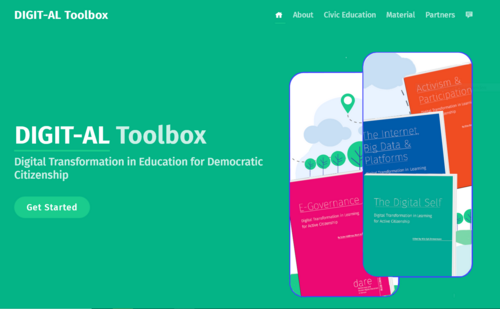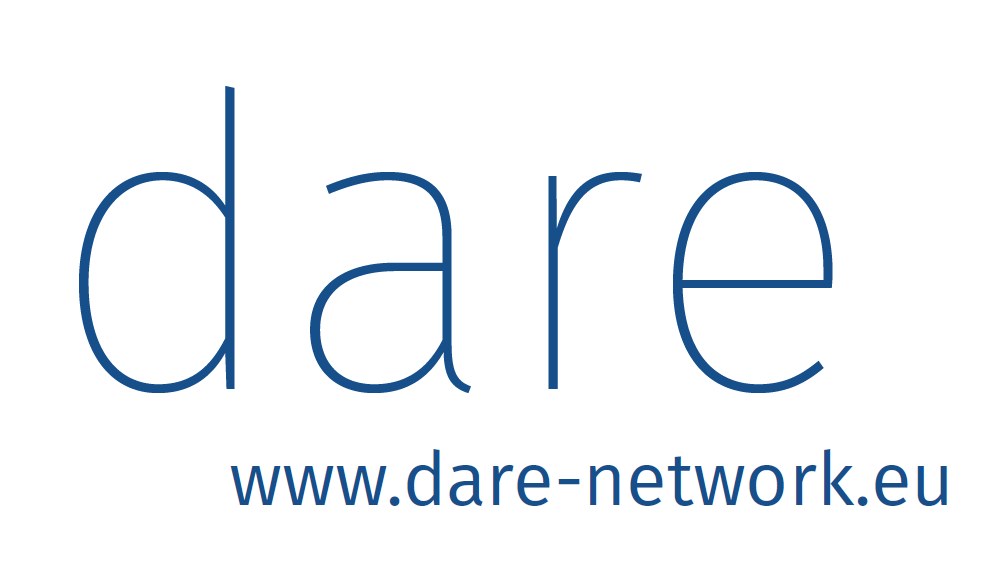Younger groups (the so-called Generation Z, aged 18-24) tend to access news via social media. Recent studies (see IPSOS, 2019) show that people tend to increasingly rely on personal contacts as a source of information due to the perceived prevalence of fake news on traditional media. Following the election of Donald Trump as president of the United States and the unexpected outcome of the Brexit referendum in 2016, most effort has been invested in researching how disinformation spreads through social media platforms and, consequently, in finding tools to fight it. A popular approach has been to develop educational games that let the users become fake news producers in order to make them aware of the process, that is of the tactics and methods used.
In general, one entry point for education on the topic is to learn to understand the different shapes of Fake News, Disinformation, Malinformation. The concept was first proposed by Claire Wardle and Hossein Derakhshan in a 2017 report for the Council of Europe and includes disinformation, misinformation and malinformation. In each of these macro-categories we can find different subcategories. Here are the most important. Some of the following definitions are also from another work by Claire Wardle (2017). Alice Marvick and Rebecca Lewis (2017) discuss malinformation in more detail.
Contents
Information Disorder
The imbalance of information in a media environment, caused by Dis- Mal- and Misinformation.
Misinformation
False information shared without meaning harm.
- Is there a false connection of message and content, for example through headlines, visuals or captions not supporting the content?
- Is there misleading content to frame an issue or individual?
Disinformation
False information shared to cause harm
- Is content shared with false contextual information?
- Is the content impersonating genuine sources?
- Is genuine content (information or imagery) manipulated to deceive?
- Is content fabricated? (100% false, designated to deceive and do harm)
Malinformation
Genuine information shared to cause harm
- Is the source a leak? E.g., publication of private emails
- Is it about public harassment like doxing, revenge porn, social shaming, intimidation, etc.?
- Is it hate speech, in violation of personal boundaries, or directed toward racial and sexual minorities and women?
For a deeper look into the categories:
Wardle, C. und Derakhshan, H. (2017). Information disorder: Toward an interdisciplinary framework for research and policy making, Council of Europe.
References
- Ipsos (2019). Consumers report trusting media less, personal relationships more. 24 June 2019. Retrieved at 2021/10/06 from: https://www.ipsos.com/en/consumers-report-trusting-media-less-personal-relationships-more
- Reuters Institute for the Study of JournalismReuters Institute Digital News report (2020). Reuters Digital News Report. Executive Summary and Key Findings of the 2020 Report. https://www.digitalnewsreport.org/survey/2020/overview-key-findings-2020/
- Wardle, C.; Derakhshan, H. (2017). Information disorder: Toward an interdisciplinary framework for research and policy making. Council of Europe policy report DGI(2017)09, Council of Europe, Strasbourg. https://rm.coe.int/information-disorder-toward-an-interdisciplinary-framework-for-research/168076277c
- Wardle, C. (2017). Fake news. It’s complicated. A first draft. February 16, 2017. Retrieved at 2021/10/06 from: https://firstdraftnews.org/articles/fake-news-complicated/
Digital Transformation in Adult Learning for Active Citizenship
This text was published in the frame of the project DIGIT-AL - Digital Transformation Adult Learning for Active Citizenship.








